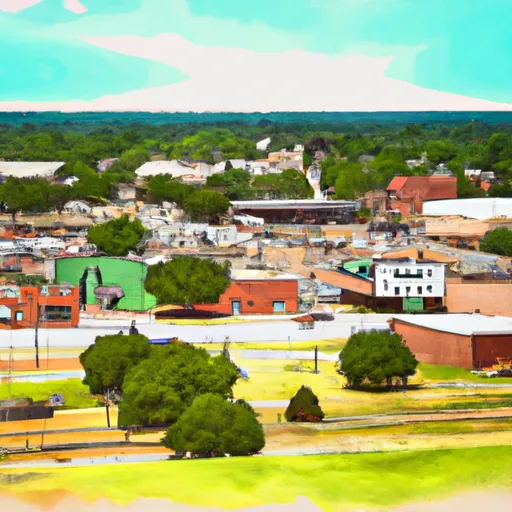°F
°F
mph
Windspeed
%
Humidity











Keene, Texas is a small city located in Johnson County, just south of Fort Worth. The climate in Keene is typically warm and humid, with hot summers and mild winters. Summers often bring temperatures in the 90s°F (30s°C), while winter temperatures range from the 40s°F (5-10°C) during the day to the low 30s°F (around 0°C) at night.
Hydrologically, Keene is situated within the Upper Trinity River Basin, with the Trinity River flowing nearby. The region experiences periodic rainfall throughout the year, with a peak in precipitation during the spring months. This contributes to the hydrology of the area, providing water sources for the community.
Keene offers various outdoor recreation opportunities for nature enthusiasts. It is surrounded by beautiful natural landscapes, including nearby parks, lakes, and wildlife preserves. Cleburne State Park, located just a short drive away, offers hiking trails, camping, fishing, and boating activities. Lake Pat Cleburne is another popular destination for fishing, boating, and picnicking. Additionally, residents and visitors can enjoy exploring the Keene Creek Reservoir, which provides opportunities for fishing and birdwatching. With its pleasant climate and nearby outdoor attractions, Keene provides ample opportunities for individuals to engage in outdoor activities and enjoy nature.
Weather Forecast
Keene receives approximately 938mm of rain per year, with humidity levels near 78% and air temperatures averaging around 19°C. Keene has a plant hardyness factor of 8, meaning plants and agriculture in this region tend to thrive here all year round.
Regional Streamflow Levels
0
Cubic Feet Per Second
1,020
Cubic Feet Per Second
122
Cubic Feet Per Second
1
Cubic Feet Per Second
Nearby Camping
| Camping Area | Reservations | Toilets | Showers |
|---|---|---|---|
| Live Oak Ridge Park - Belton Lake | |||
| Owl Creek - Belton Lake | |||
| Belton Lake Military - Fort Hood | |||
| Westcliff - Belton Lake | |||
| Willis Creek - Granger Lake |



